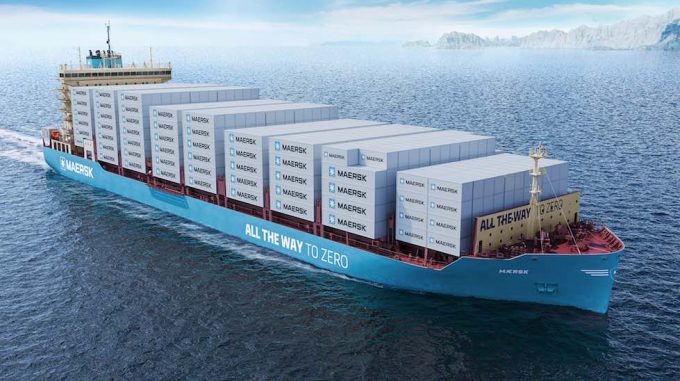Carriers hope price hikes will hold as spot rates fall in CNY doldrums
Despite the muted trading activity since China’s new year holiday began this week, spot rates ...

Shippers are concerned that maritime discussions on decarbonisation are shaping up to result in “the mother of all BAFs” for shippers, as carriers will seek to pass on the costs of using sustainable fuels.
The International Maritime Organization (IMO) is set to meet in July and is widely expected to increase its ambition of a 50% reduction in carbon emissions by 2050 to 100%, and will also discuss market-based measures, such as a carbon levy.
To achieve the new target, the maritime ...
Volcanic disruption at Anchorage could hit transpacific airfreight operations
Shippers snap up airfreight capacity to US ahead of tariff deadline
Forwarders stay cool as US 'liberation day' tariffs threaten 'global trade war'
New price hikes may slow ocean spot rate slide – but for how long?
Tighter EU import requirements proving 'a challenge' for forwarders
Supply chain delays expected after earthquake hits Myanmar
Looming Trump tariffs will create 'a bureaucratic monster' for Customs

Comment on this article